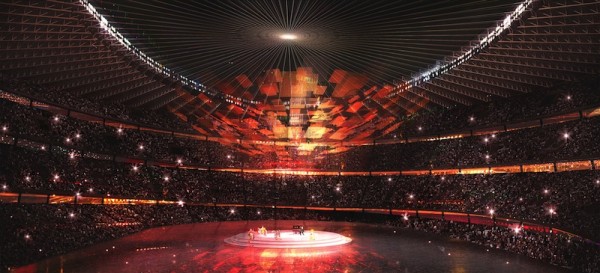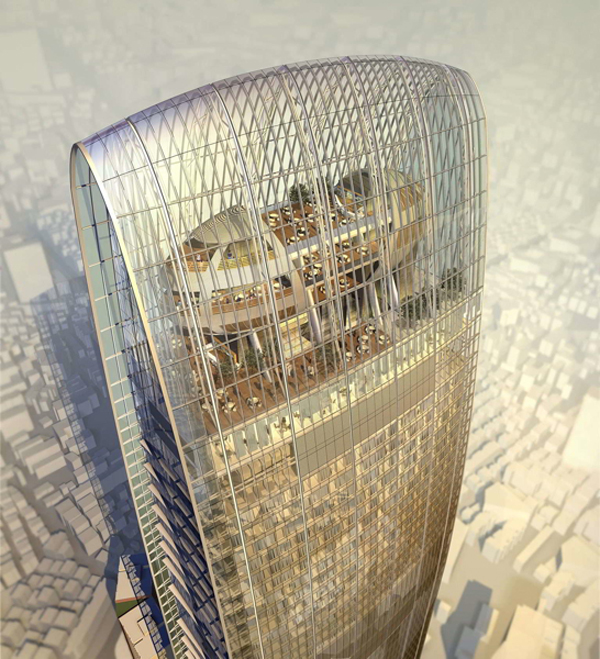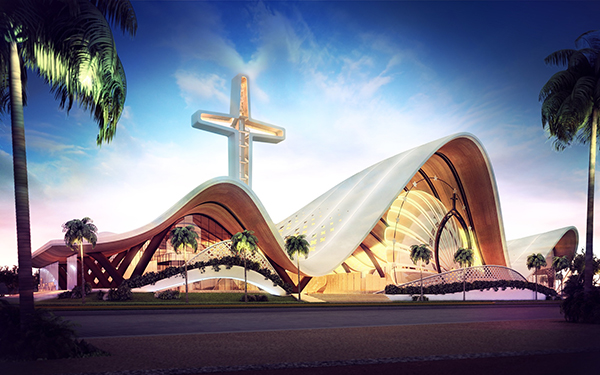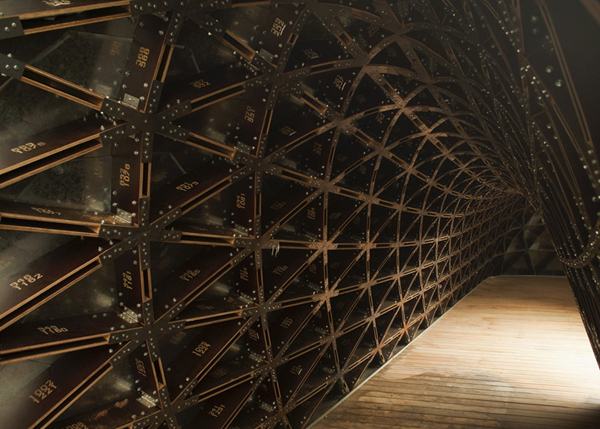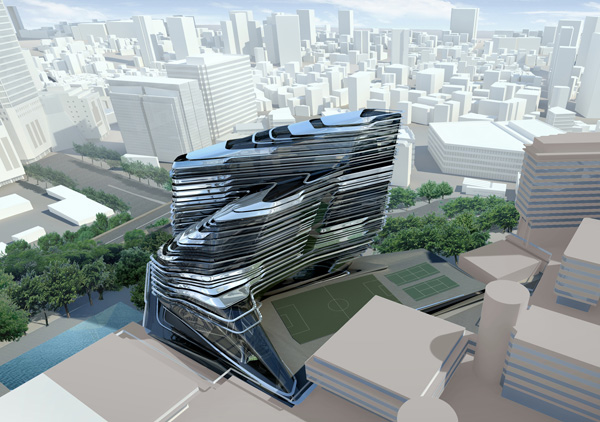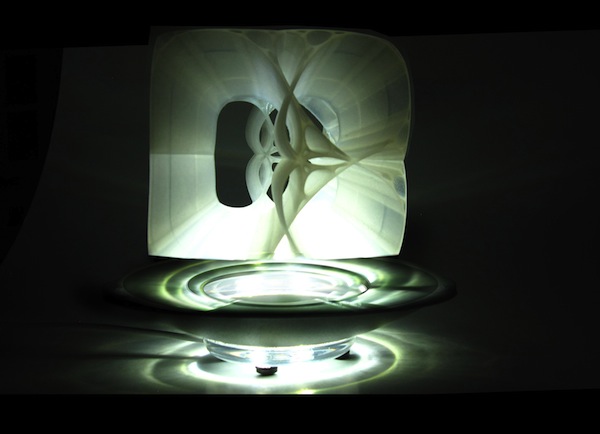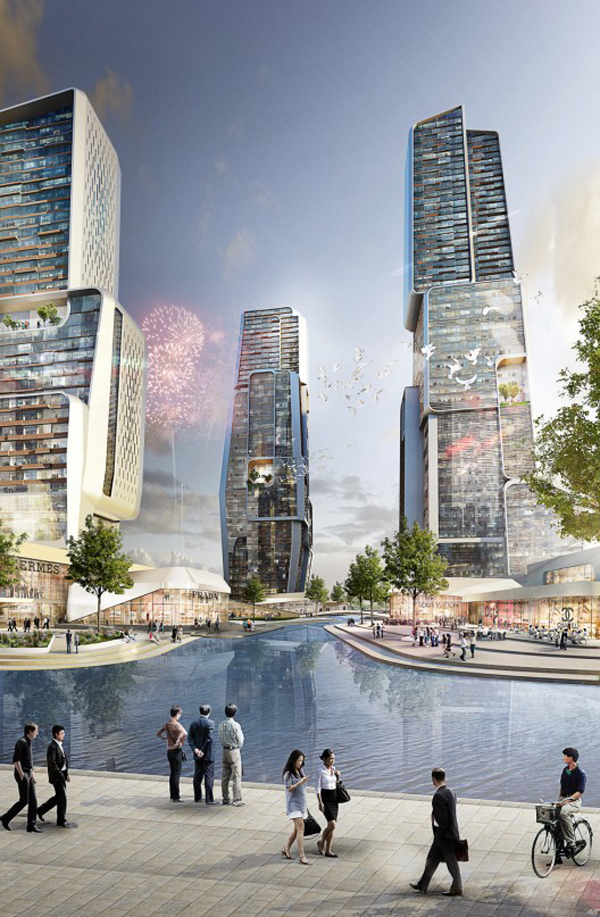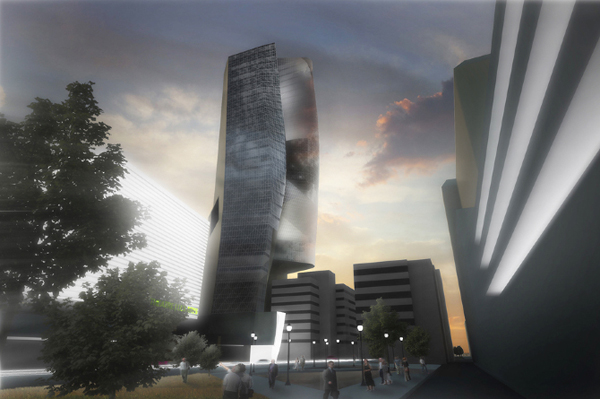Flinders Street Station Design Competition has been burning topic in architectural circles these days. The site of Station is in the very center of Melbourne and is sandwiched between the Central Business District and the bank of Yarra River. The building of the existing station separates the city from the railway and from the river. Herzog & De Meuron’s proposal tries to keep the very specific linear use of this site, considering it a strong marker and urban element, while providing the architectural solution that would improve this very important location through public access and use of the entire site. Various connections across the site and diverse public functions are only the part of the proposal.
In the words of the architects, the proposal for Flinders Street Station offers new civic destination with a distinct architectural identity, offering a holistic experience on many levels and times of the day and forming an urban linchpin in the heart of the city of Melbourne. Rather than simply creating an iconic gesture, the architects at Herzog & De Meuron decided to revive the originally planned roof for the existing building, and by tracing the arches and vaults the key element of their design was defined. It works as a passé-partout, due to the framing of the existing building. Read the rest of this entry »


